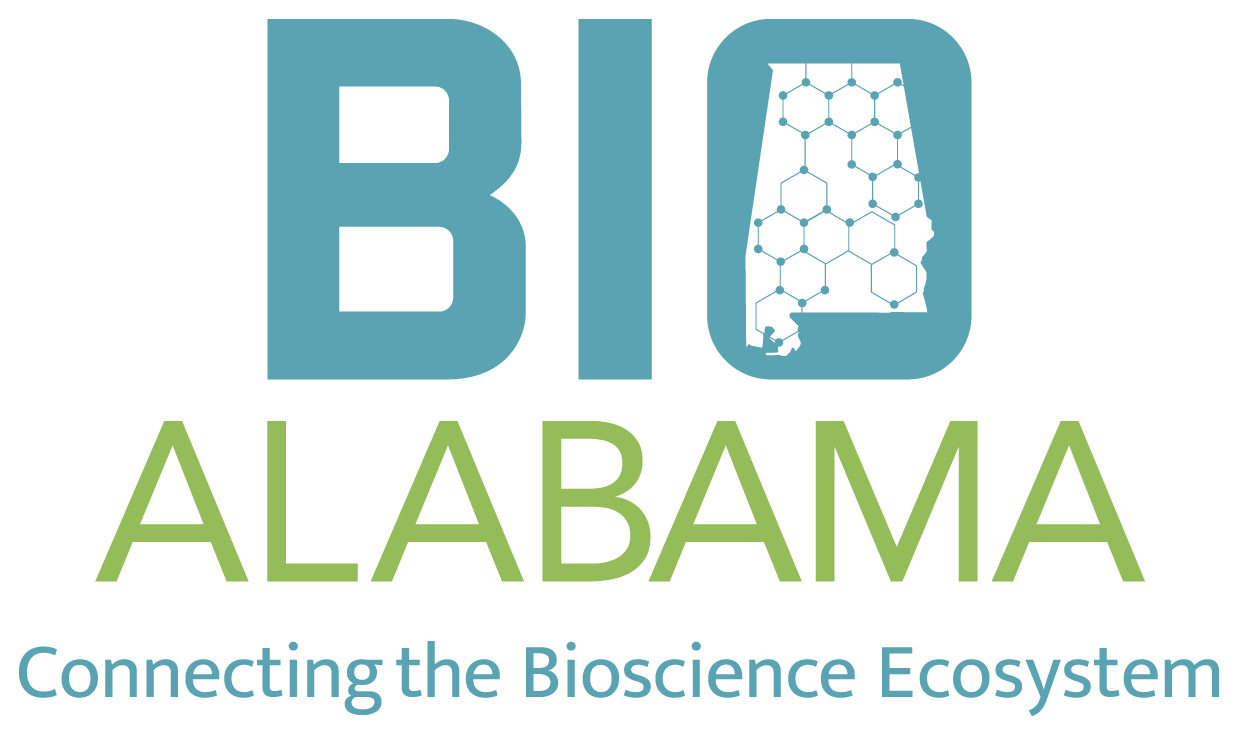Collaboration Will Screen Human Taste Bud Cells with Small Molecule Libraries to Develop Easier Ways for Children and Adults to Take Bitter-Tasting Medications
(Birmingham, AL) - DiscoveryBioMed, Inc. (DBM) has been awarded nearly $1.7 million over the next two years by the National Institutes of Health’s Small Business Technology Transfer Research (STTR) program to find bitter taste blockers to improve medication compliance. This STTR award is administered by the National Institute on Deafness and Other Communication Disorders (NIDCD) within the National Institutes of Health. Philadelphia-based Monell Chemical Senses Center is a long-time DBM collaborator. The new funds continue their five-year relationship to advance Monell’s proprietary human taste-cell technology to discover taste modulators.
Building on their successful creation of bitter-responsive human taste bud epithelial cell (hTBECs) lines with earlier funding, this industry-academic partnership’s Phase 2 STTR is aimed at discovering bitter blockers, small molecules combined with bitter medicines and bitter-tasting foods to improve their taste.
“We are humbled and honored to receive this continued funding from NIDCD,” said Dr. Erik Schwiebert, CEO and CSO of DBM. “With the prior Phase 1 funding, and additional, separate support from the Bill and Melinda Gates Foundation to Monell and DBM, we showed that human taste bud cells in culture are a robust platform to study bitter taste and to identify bitter blockers.”
“Most biopharmaceutical medicines have a bitter taste, and this is problematic for medication compliance, particularly in pediatric and geriatric populations,” said Dr. Nancy Rawson, Monell’s Vice President and Associate Director. “Also, many healthy foods, such as leafy vegetables and plant proteins, have a bitter taste that presents a challenge to widespread dietary changes needed for sustainably improving human nutritional health.”
In previous work, Dr. Danielle Reed, Monell Associate Director, and DBM established hTBEC cultures from individual donor taste papillae tissues. “Our laboratory is interested in taste genetics and the ‘bitterome,’ the genome of the 25 or more bitter taste receptors in human taste buds. Linking genetics and taste behavior of human subjects to the biology of individuals’ taste cells is quite powerful.”
Bitter taste antagonists discovered in initial hTBEC screens also blocked the taste of bitter medicines in a subset of human subjects. “This example demonstrates that a drug discovery approach using human cells to identify bitter blockers discovered antagonists that work in taste sensory studies of human participants,” said Dr. John Streiff, DBM’s Chief Chemistry Officer.
DBM and Monell believe that the bitter-responsive cell cultures and bitter blockers they are developing will be valuable to the biopharmaceutical and food-and-flavor industry sectors,” “We are establishing a bitter blocker research consortium, where independent testing of these compounds by interested third parties can occur.” said Dr. Maureen O’Leary, Monell Director of Technology Transfer.
The combined efforts to date, additional parallel efforts, and anticipated new industry-academia collaborations have also enabled DBM to form a new specialty unit focused on taste. Principal Investigators for Small Business: DiscoveryBioMed, Inc. (DBM)
About:
DiscoveryBioMed, Inc. is in its 13th year of operation as a life sciences and biotechnology company focused on leveraging normal and diseased human cell platform technologies for its CRO services business and for its R&D programs. DBM is located in Birmingham, AL where it is leading an effort to build a critical mass of biotechnology companies in a new hub of the Deep South.
The Monell Chemical Senses Center is an independent nonprofit basic research institute based in Philadelphia, Pennsylvania. Founded in 1968, Monell‘s mission is to improve health and well-being by advancing the scientific understanding of taste, smell, and related senses, where our discoveries aid improving nutritional health, diagnosing and treating disease, addressing smell and taste loss, and digitizing chemosensory data.

